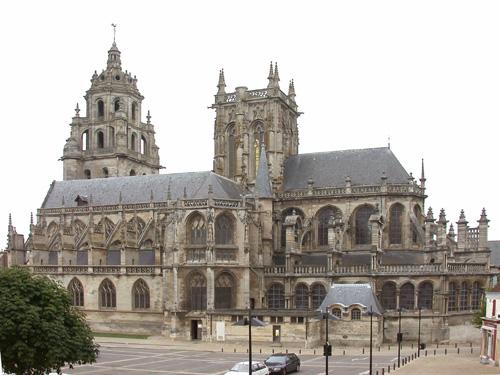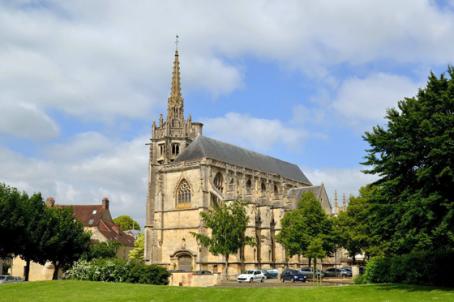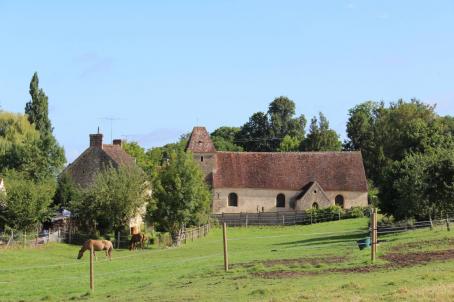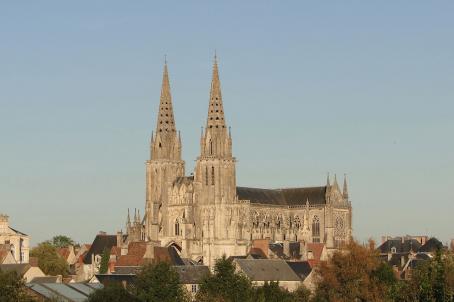Church of Saint-Germain
Rebuilt at the end of the 14th century, the church was not completed until 1732. It offers a particular blend of architectural styles. Begun in a flamboyant Gothic style (literally, with many flame-shaped motifs), the building was completed in a Renaissance style rich in columns. This difference in styles is particularly visible from the outside. The church is illuminated all year round, as soon as night falls.
About this building
Construction of the present building began in the 15th century and was completed in the 18th century, resulting in a mixture of Gothic and Renaissance architectural styles. The church features a magnificent 15th century Gothic porch, a Renaissance chevet-apse chapels, and a Norman-style lantern tower at the transept crossing. The bell tower of the square tower, considered a masterpiece of Basse-Normandie classical art, was crowned by the architect Maurice Gabriel in 1631. The nave, in flamboyant style, impresses by its sobriety and proportions.






